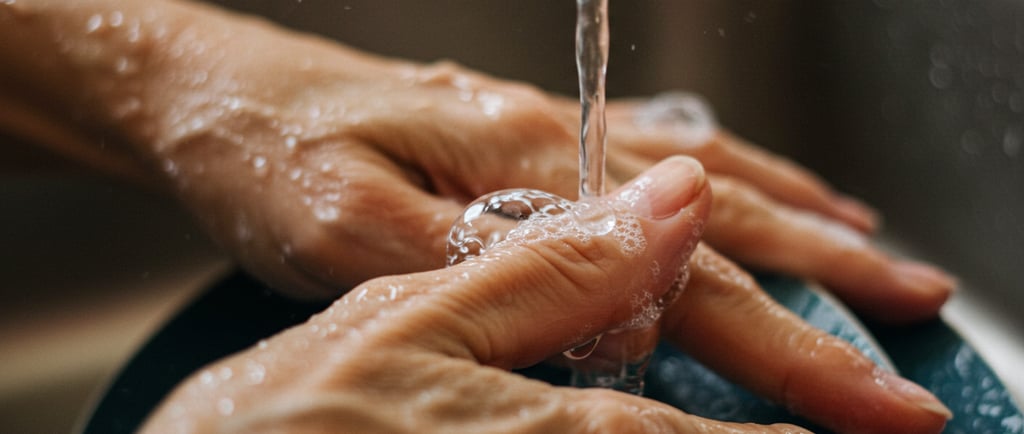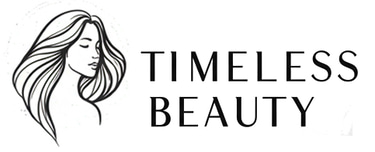New Insights on Bath-Time Finger Creases
Explore groundbreaking research on bath-time finger creases, revealing how they follow a consistent pattern influenced by nerves and blood vessels. Discover the implications for grip strength, forensics, and nerve damage testing.
SKINCARE
5/28/20251 min read


If you’ve ever soaked in a tub long enough to get raisin‑like fingers, you may have wondered whether those ripples form haphazardly. They don’t. Researchers at Binghamton University have discovered that each time your hands spend 30 minutes in water, the identical network of loops and ridges reappears, almost like a temporary fingerprint.
Why Do We Wrinkle at All?
A decade of work by biomedical engineer Guy German confirms that “pruning” isn’t caused by skin swelling. Instead, water dilution triggers nerves to instruct blood vessels in your fingertips to constrict. As vessels tighten, anchored skin above them puckers inward, creating valley‑and‑ridge patterns.
The New Twist: Perfect Pattern Repeatability
Prompted by a curious student, German’s team photographed volunteers’ fingers after two separate immersions, at least 24 hours apart. They discovered the same wrinkle topography each time:
Raised areas and valleys lined up almost exactly.
Patterns matched the relatively fixed positions of subdermal blood vessels.
One participant with median‑nerve damage produced no wrinkles at all, underscoring the role of the nervous system.
Real‑World Implications
Forensics: Consistent wrinkle maps could help identify bodies recovered from water or improve fingerprinting in damp conditions.
Medical diagnostics: Because nerve damage prevents wrinkling, a quick water‑soak test might one day serve as a simple peripheral‑nerve screening tool.
Biomechanics research: The study adds weight to the theory that wrinkles act like tire treads, boosting grip on wet objects.
The Take‑Home
Moderate‑intensity dancing raises heart rate in short bursts and, bonus, boosts social connection, which research shows further protects cardiovascular health.
